Lakeside house combines traditional materials with dramatic spaces in Mexico
Central de Arquitectura’s La Peña is a lakeside house in Mexico that makes the most of its impressive site, creating a cave-like living space that opens up onto a dramatic vista
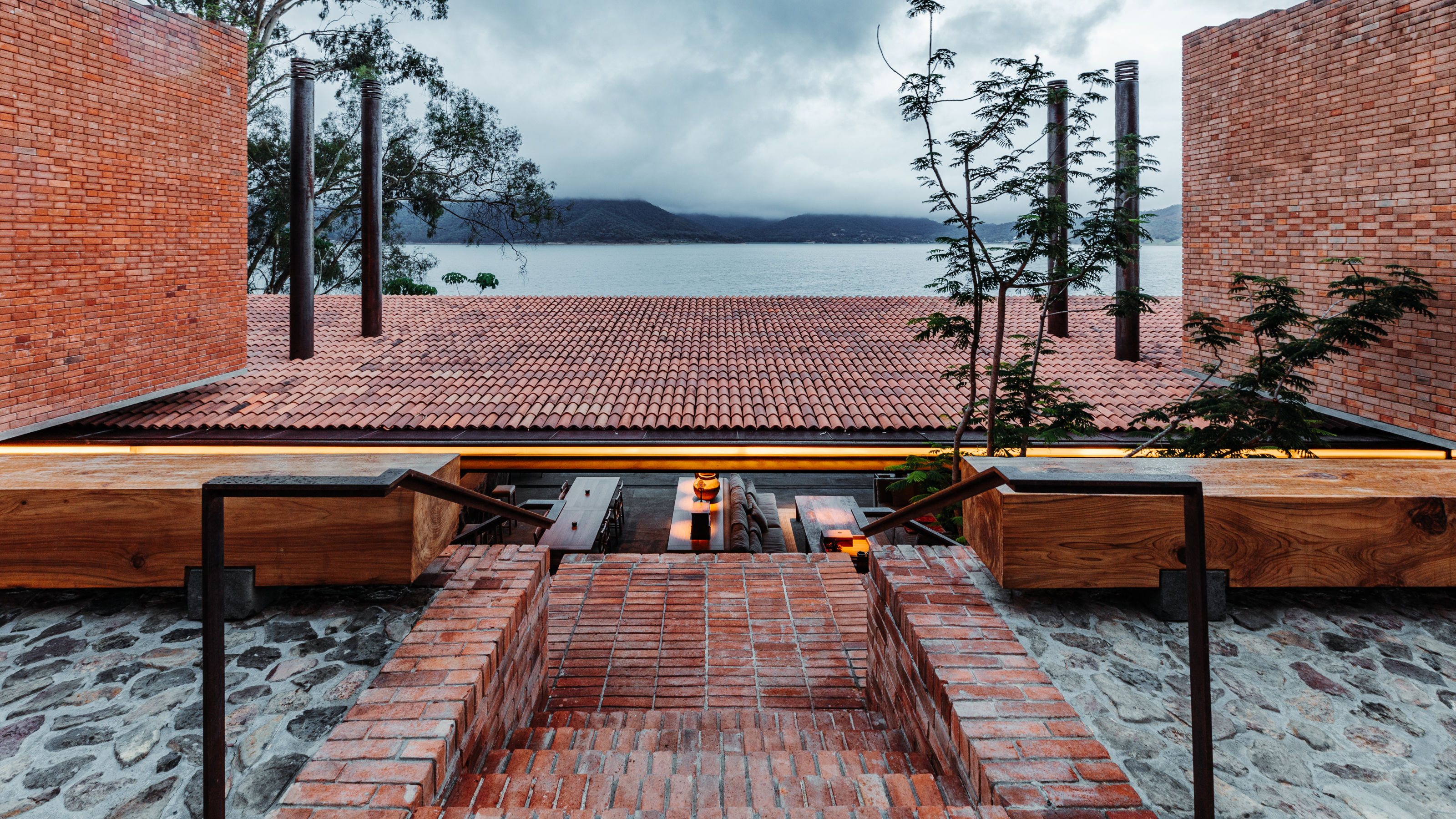
This new lakeside house in Mexico’s Toluca De Lerdo has a view across Lake Miguel Alemán, a scenic body of water created in 1954 after a dam was built across the region’s Tonto River. Taking inspiration from traditional Mexican architecture, Central de Arquitectura has crafted a sprawling, low-slung villa on the plot, with design elements that emphasise a route down to the water’s edge.
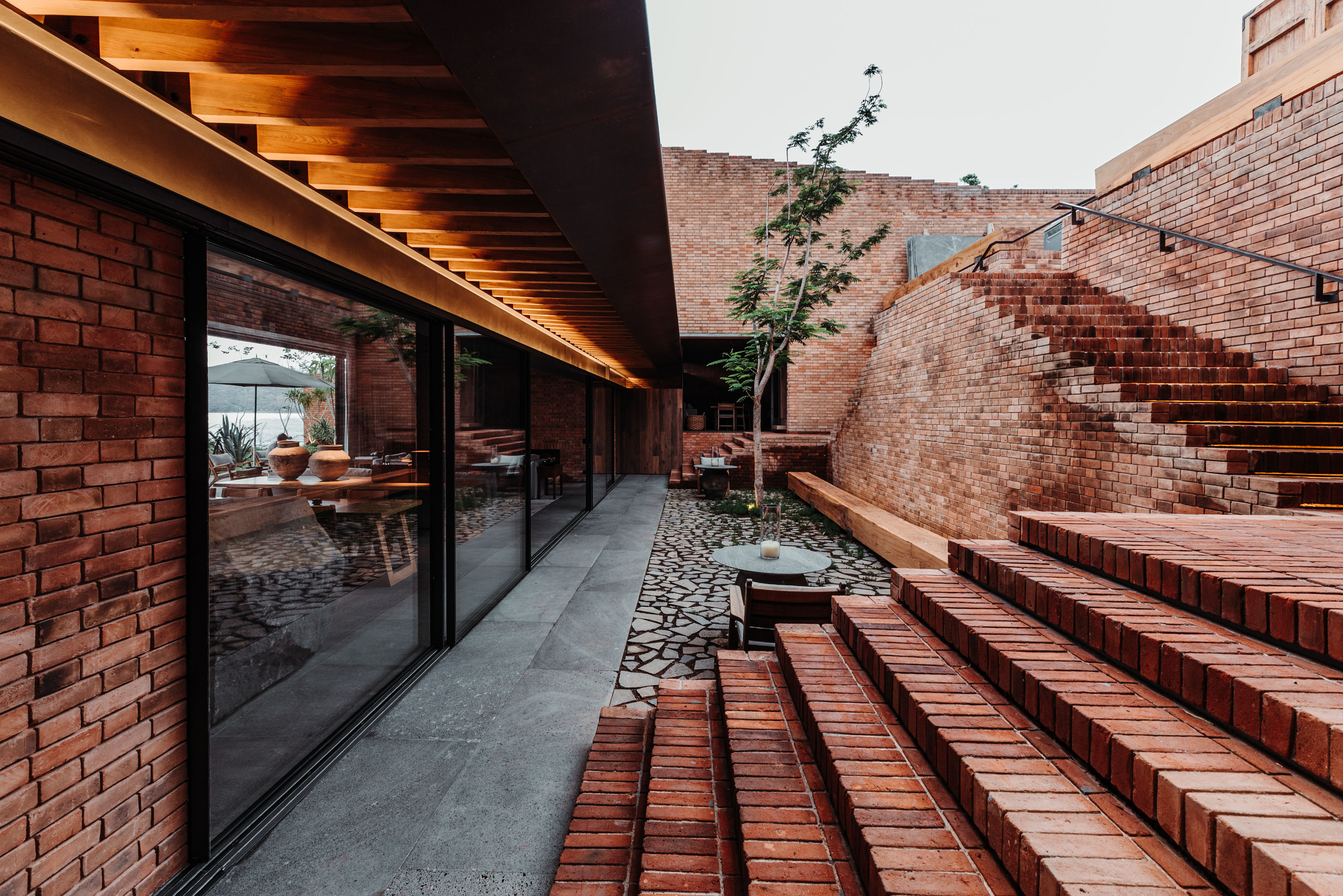
The stairs leading down from the entrance level
Lakeside house blends old and now to dramatic effect
The new house mixes materials like hardwood and red brick with cast concrete and frameless glass windows. The entrance leads through a reclaimed wooden gate and leads to a courtyard where a view of the lake is framed between two brick walls, and a cascade of terracotta tiles.
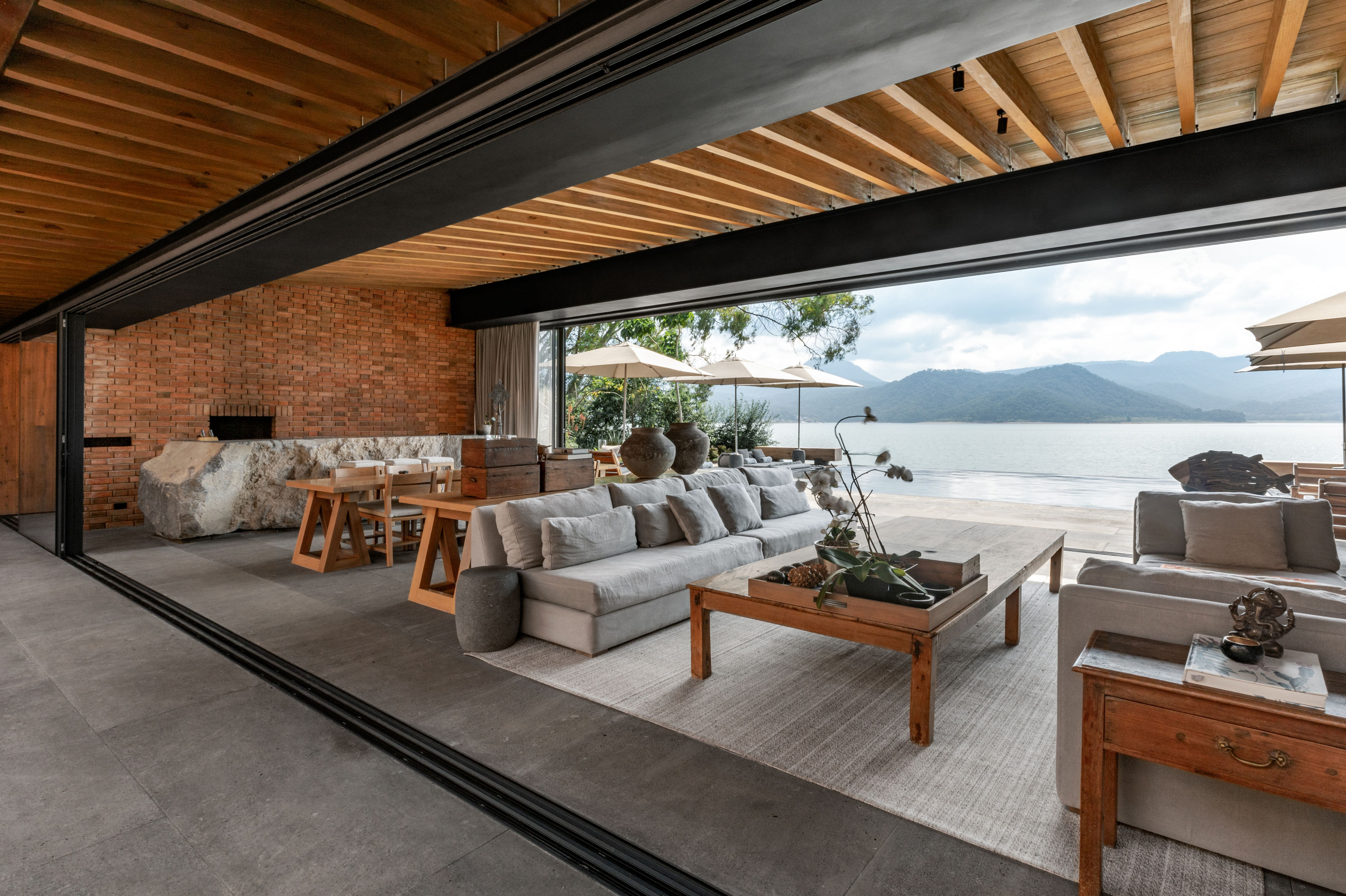
The main living space
Steps guide visitors to the main living area, a ziggurat-like configuration that appears monumental and as solid as the landscape itself. An open plan living, dining and kitchen is set in the physical and spiritual centre of the house, bracketed by sliding glass walls and looking out across the infinity pool to the lake beyond.
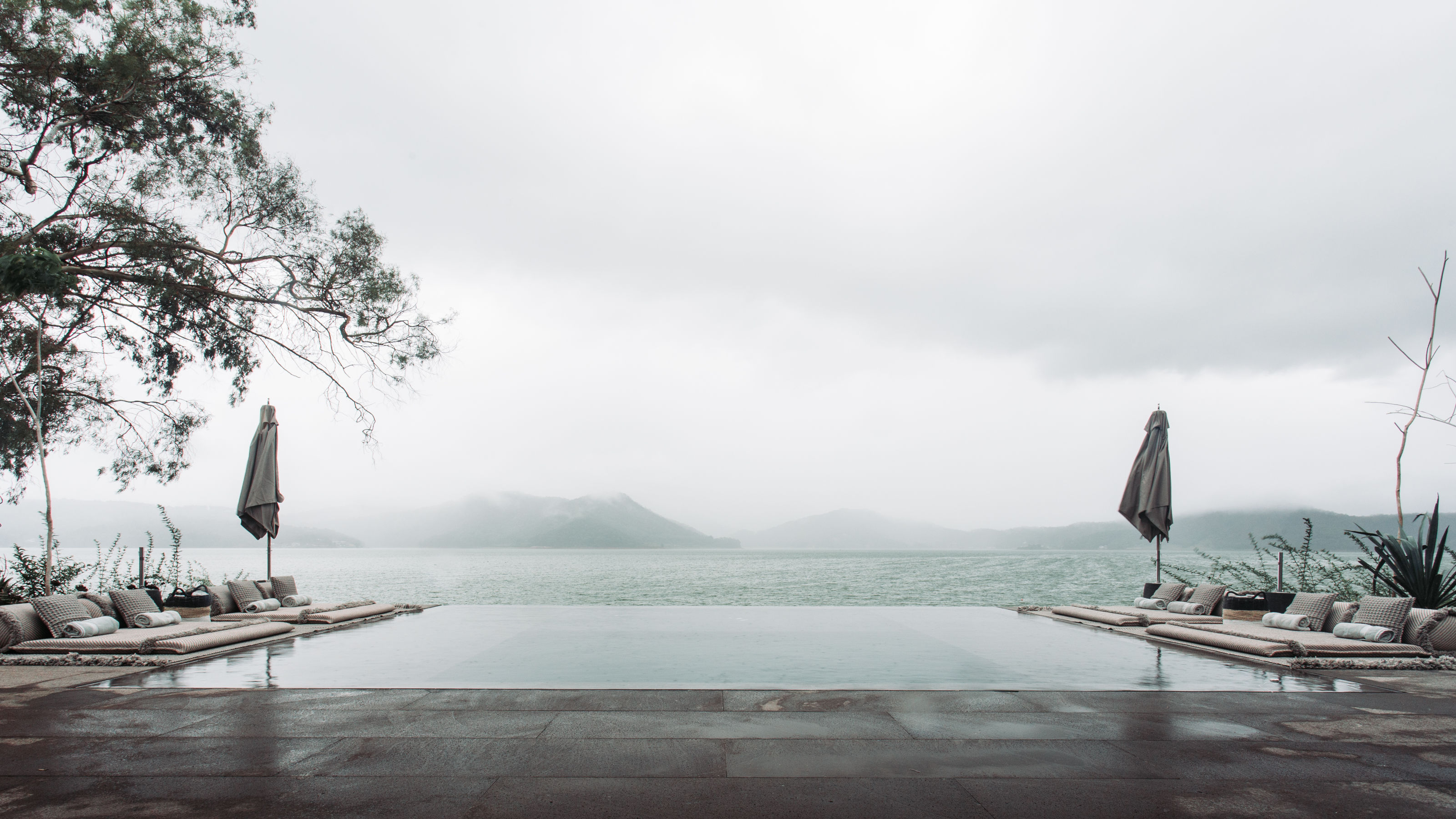
The infinity pool on the terrace
The views of distant mountains appear to float above the twin bodies of water, integrating the entire house into the landscape. The principal bedroom is set alongside the main living area, with a view partly screened by planting, while additional rooms are set on the floor above.
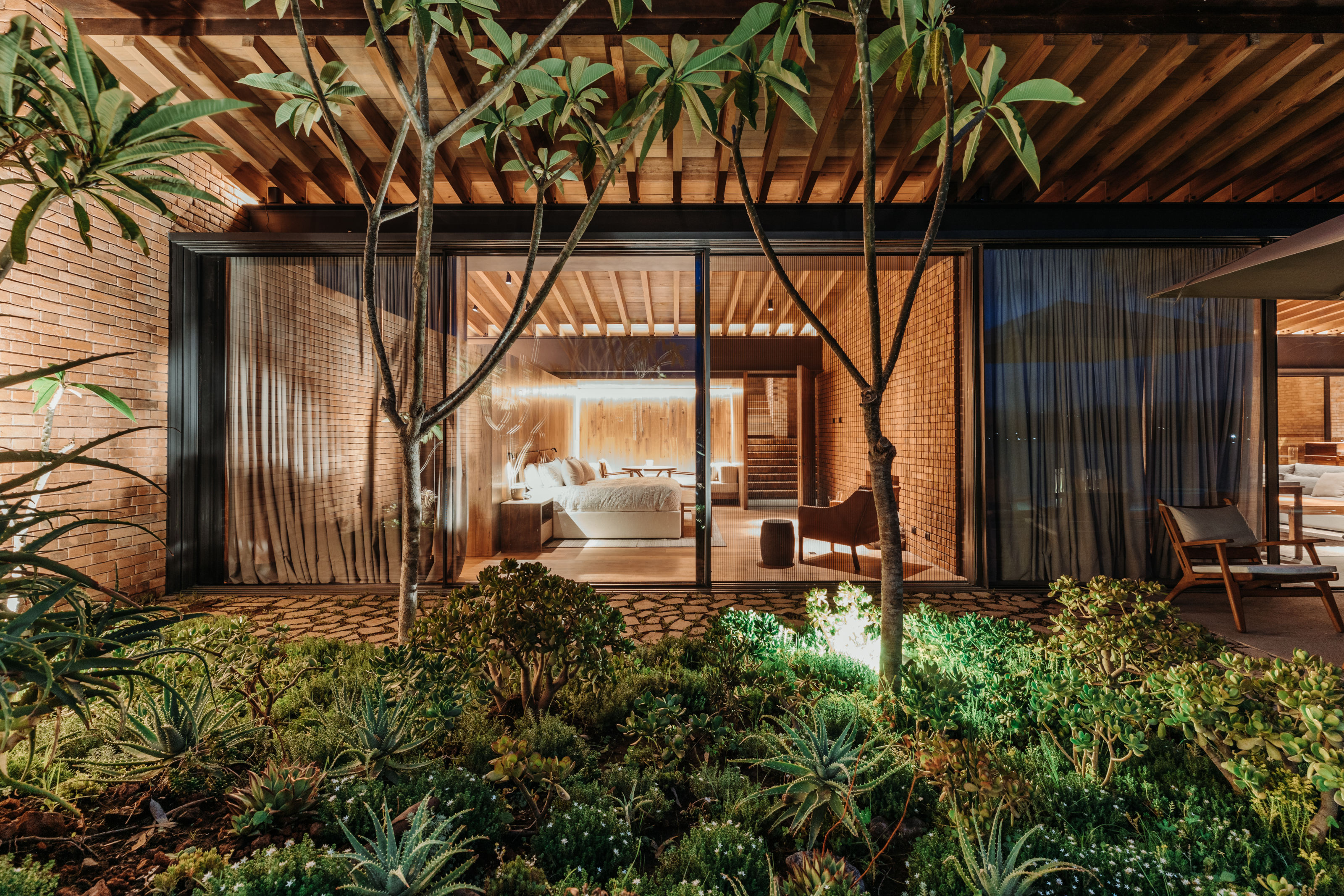
The principal bedroom
These spaces include a bunk room, and another guest suite, with secondary sitting areas and the main kitchen tucked away halfway down the stepwell-like outdoor staircase arrangement.
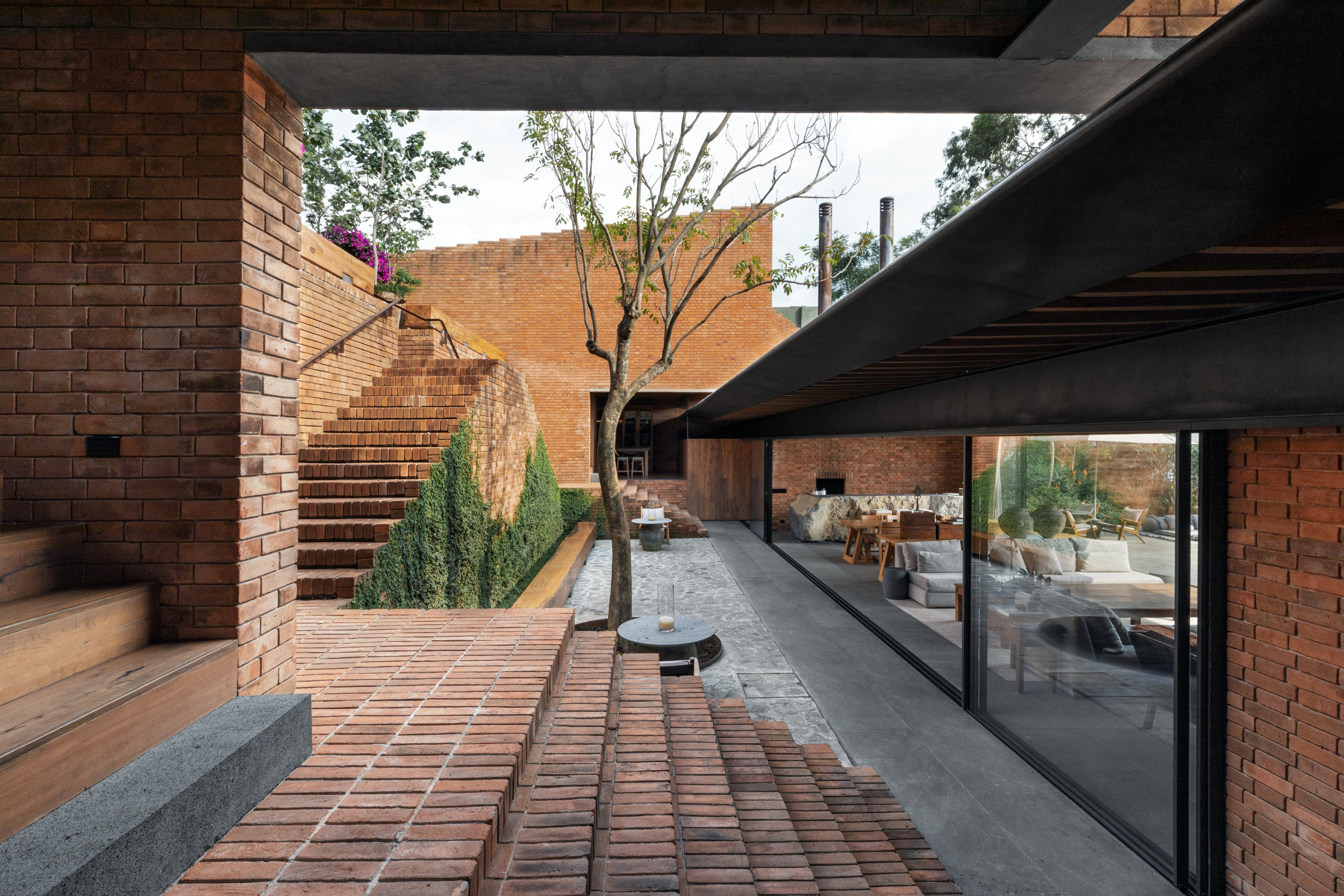
The entrance staircase
Beneath the pool deck is another level, this time housing a firepit and external seating area, with a shallow grassy slope leading down to the shores of the lake. Here, the principal material is concrete, creating a counterpoint to the more traditional roofing and brick on the upper levels, hinting at the structure that anchors the house to its site.
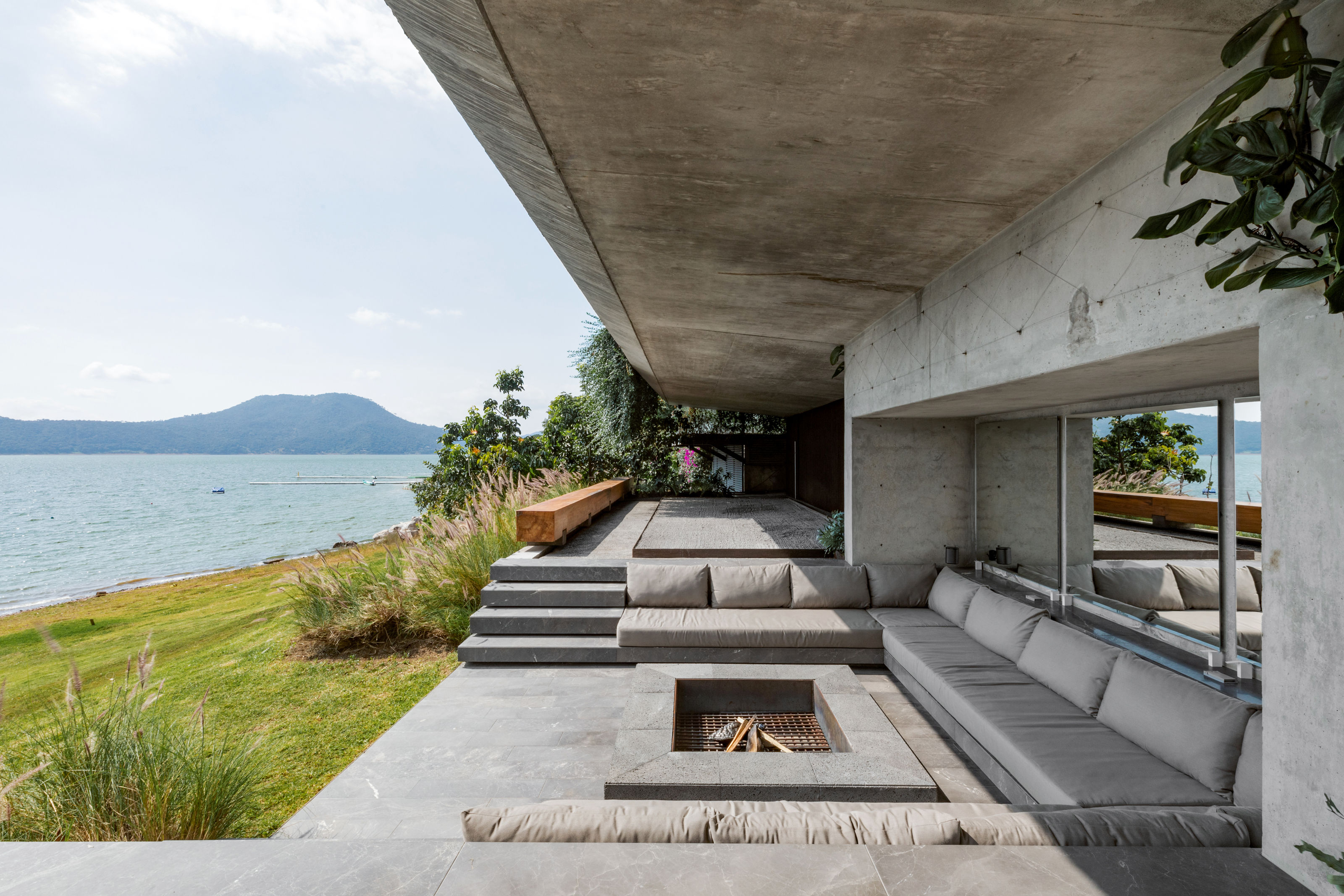
The firepit on the lower level
The architects describe La Peña House as a ‘canvas where open baroque nature and modern simplicity can play’. Established in 1998 by José Sánchez and Moisés Ison, Central de Arquitectura combines property development with design, maintaining a high level of detail and specification for every scale of project.
Receive our daily digest of inspiration, escapism and design stories from around the world direct to your inbox.
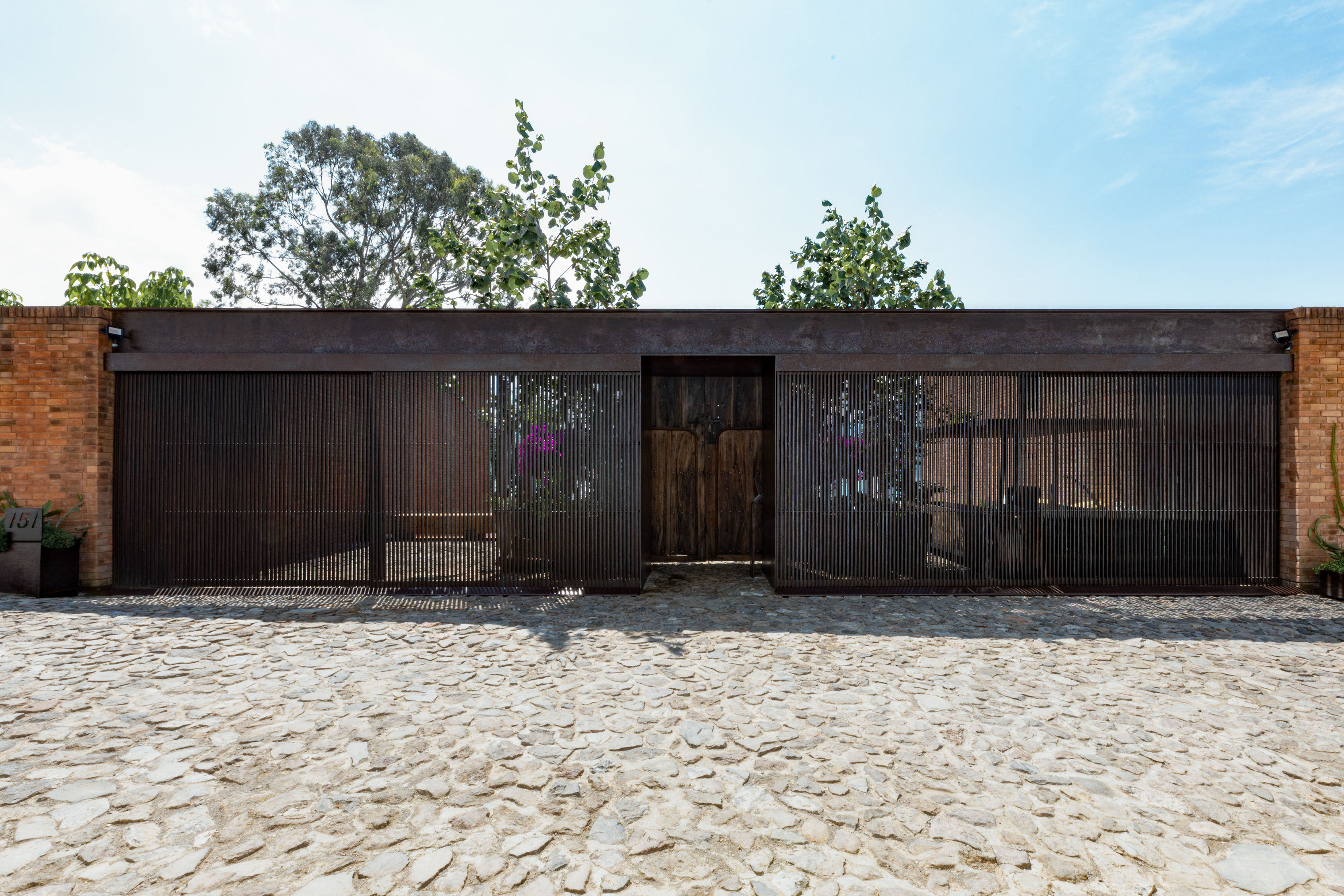
The entrance sequence

Secondary sitting room

The bunk room
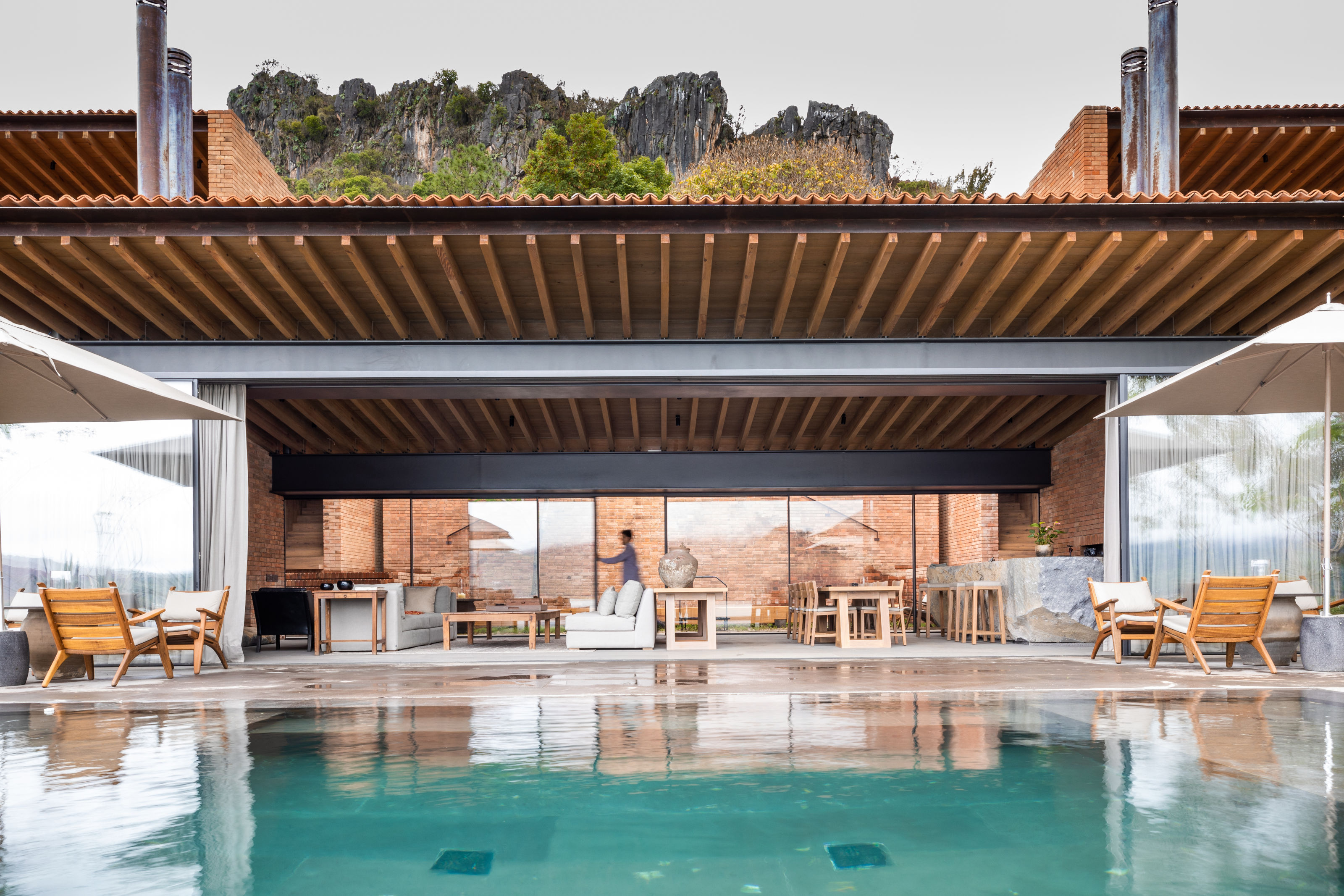
View of the house from the terrace
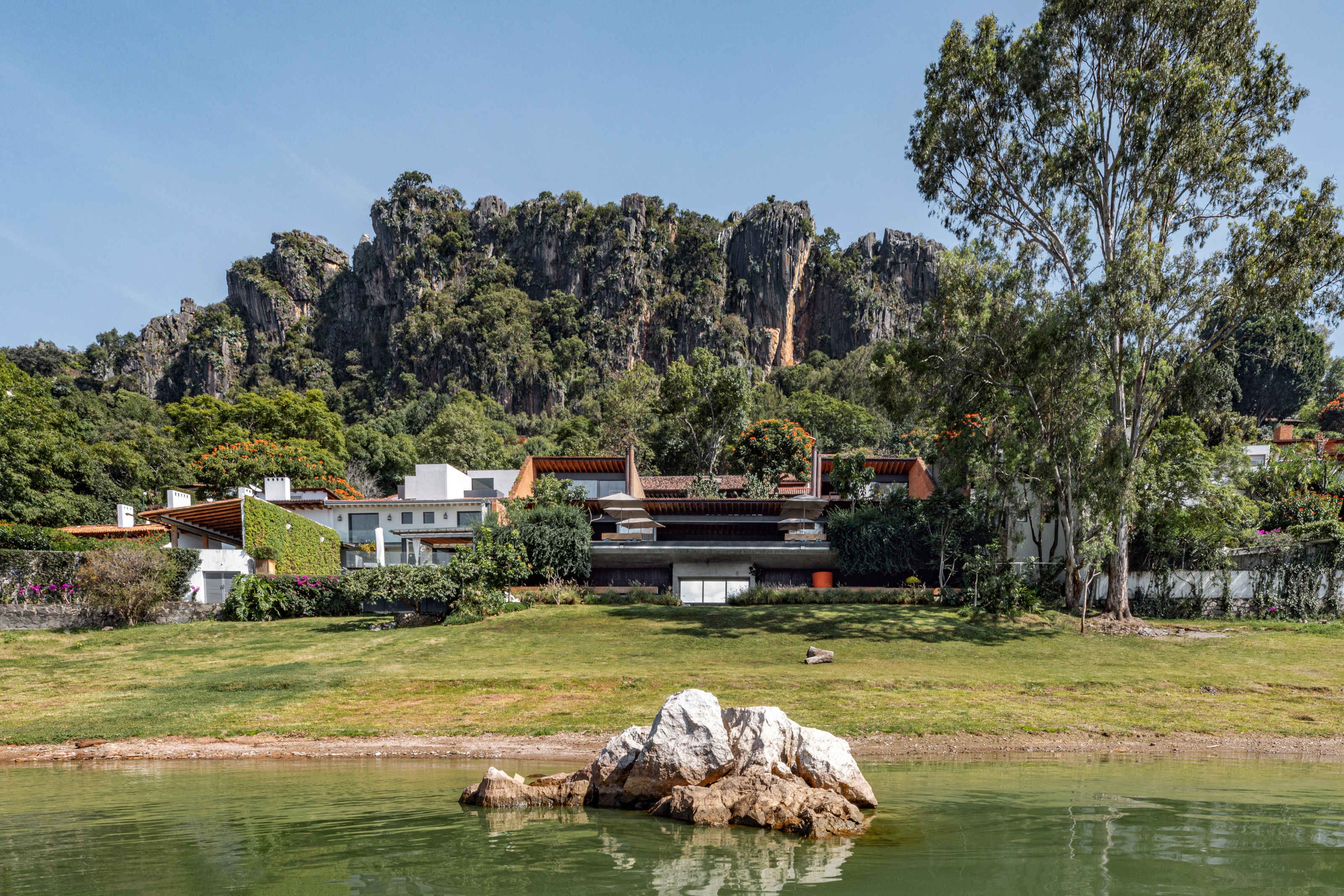
The house seen from the lake
Jonathan Bell has written for Wallpaper* magazine since 1999, covering everything from architecture and transport design to books, tech and graphic design. He is now the magazine’s Transport and Technology Editor. Jonathan has written and edited 15 books, including Concept Car Design, 21st Century House, and The New Modern House. He is also the host of Wallpaper’s first podcast.
-
 The diverse world of Belgian embassy design – 'style and class without exaggeration'
The diverse world of Belgian embassy design – 'style and class without exaggeration''Building for Belgium: Belgian Embassies in a Globalising World' offers a deep dive into the architecture representing the country across the globe – bringing context to diplomatic architecture
-
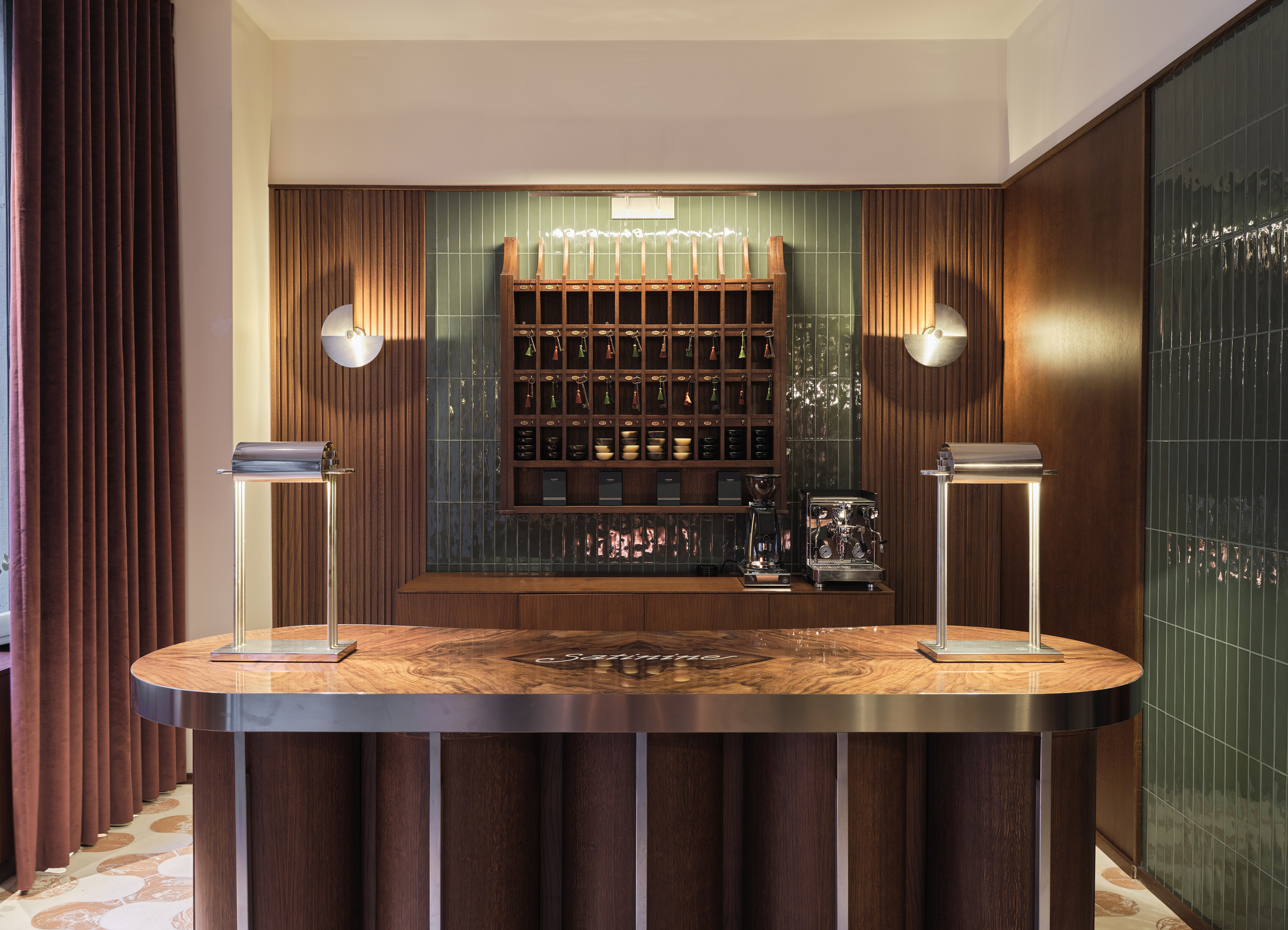 Pull up a bespoke pew at Milan’s new luxury perfumery Satinine, an homage to the city’s entryways
Pull up a bespoke pew at Milan’s new luxury perfumery Satinine, an homage to the city’s entrywaysDesigner Mara Bragagnolo fuses art deco details to bring storied Milanese fragrance brand Satinine into the 21st century
-
 Supersedia’s chairs combine sculptural forms with emotional expressions
Supersedia’s chairs combine sculptural forms with emotional expressionsItalian design studio Supersedia, founded by Markus Töll, creates furniture where ‘every detail is shaped individually'
-
 The architecture of Mexico's RA! draws on cinematic qualities and emotion
The architecture of Mexico's RA! draws on cinematic qualities and emotionRA! was founded by Cristóbal Ramírez de Aguilar, Pedro Ramírez de Aguilar and Santiago Sierra, as a multifaceted architecture practice in Mexico City, mixing a cross-disciplinary approach and a constant exchange of ideas
-
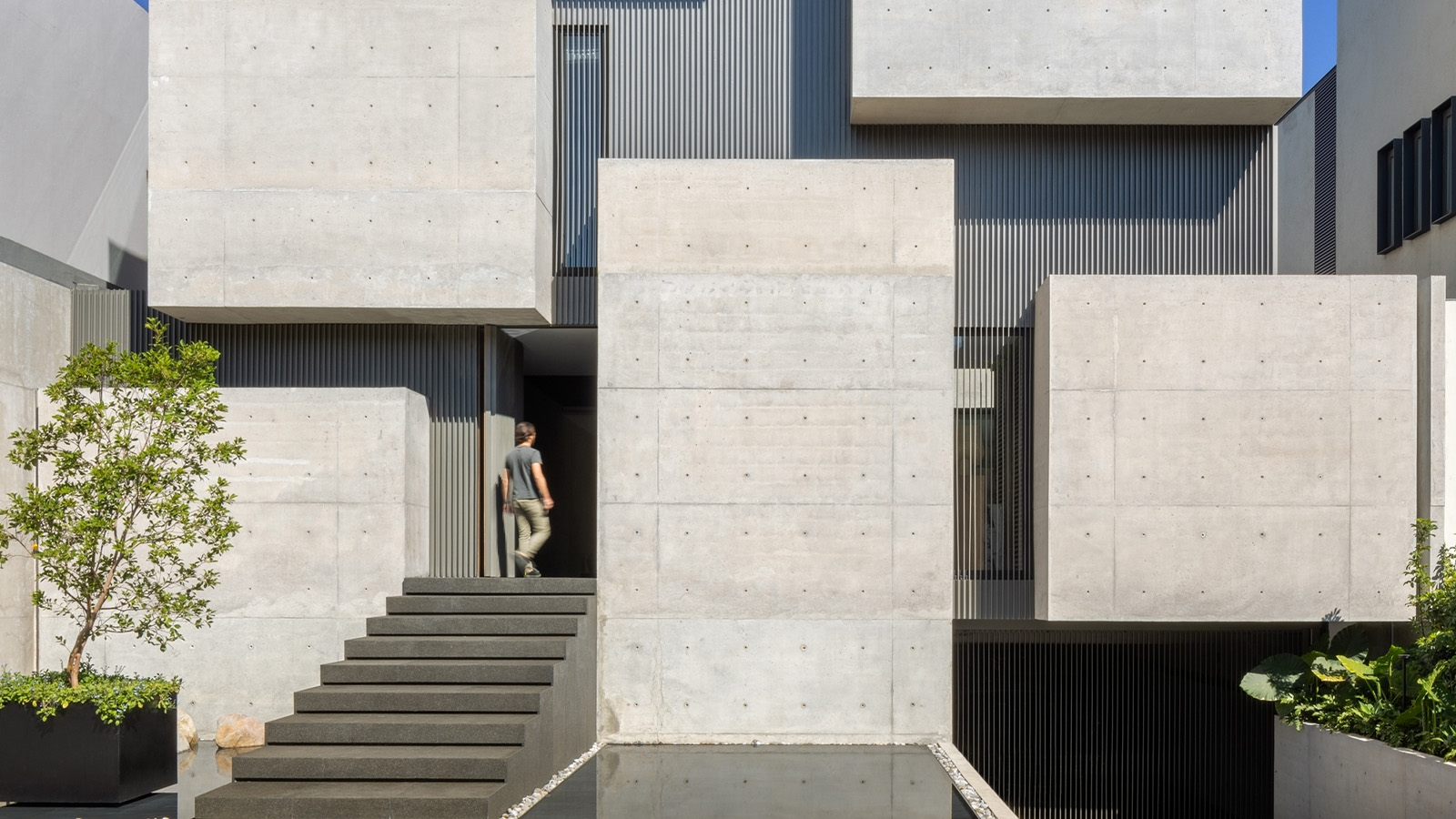 A cubist house rises in Mexico City, its concrete volumes providing a bold urban refuge
A cubist house rises in Mexico City, its concrete volumes providing a bold urban refugeCasa Ailes, a cubist house by Jaime Guzmán Creative Group, is rich in architectural expression that mimics the dramatic and inviting nature of a museum
-
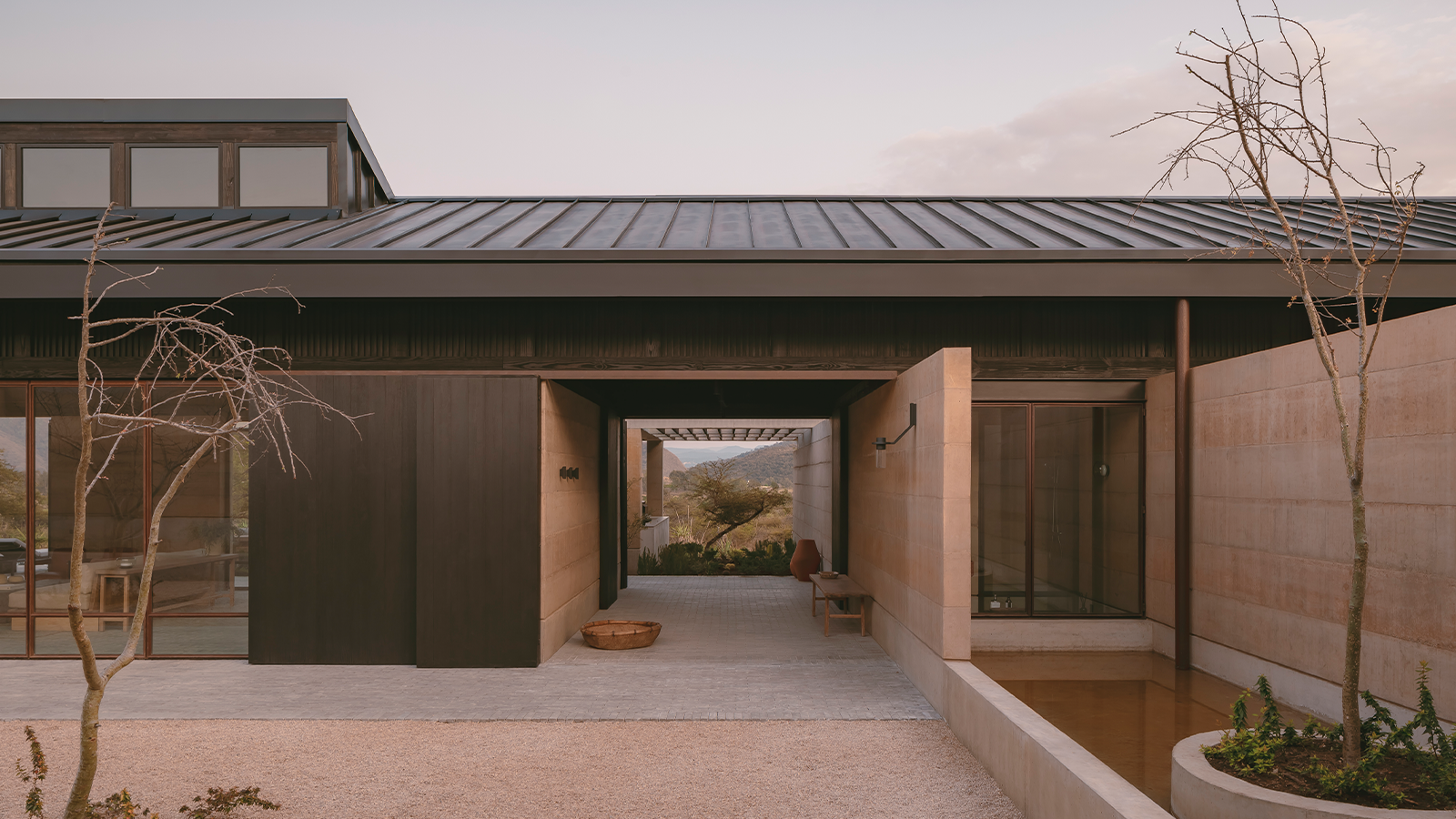 Serenity radiates through this Mexican home, set between two ravines
Serenity radiates through this Mexican home, set between two ravinesOn the cusp of a lakeside town, Mexican home Casa el Espino is a single-storey residence by Soler Orozco Arquitectos (SOA)
-
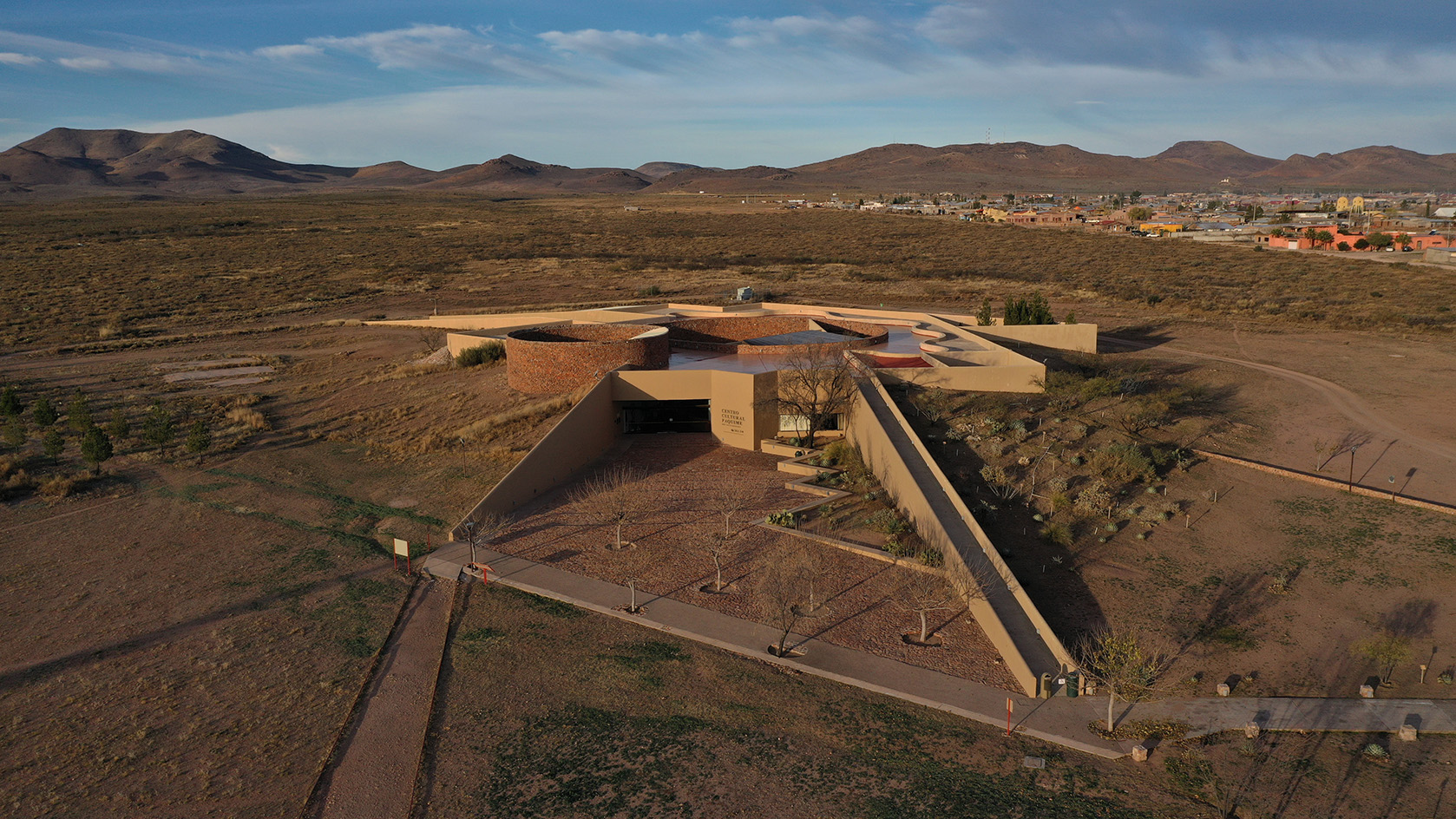 Mexican landscape architect Mario Schjetnan's Grupo de Diseño wins 2025 Oberlander Prize
Mexican landscape architect Mario Schjetnan's Grupo de Diseño wins 2025 Oberlander PrizeThe 2025 Oberlander Prize goes to Mexican landscape architect Mario Schjetnan and his studio, Grupo de Diseño, highlighting the creative's motto: 'We have a human right to open space'
-
 The Architecture Edit: Wallpaper’s houses of the month
The Architecture Edit: Wallpaper’s houses of the monthThis September, Wallpaper highlighted a striking mix of architecture – from iconic modernist homes newly up for sale to the dramatic transformation of a crumbling Scottish cottage. These are the projects that caught our eye
-
 A Mexican clifftop retreat offers both drama, and a sense of place
A Mexican clifftop retreat offers both drama, and a sense of placeCasa Piscina del cielo, a clifftop retreat by Zozaya Arquitectos, creates the perfect blend of drama and cosiness on Mexico's Pacific Coast
-
 Broken up into six pavilions, this brutalist Mexican house is embedded in the landscape
Broken up into six pavilions, this brutalist Mexican house is embedded in the landscapeSordo Madaleno’s brutalist Mexican house, Rancho del Bosque, is divided up into a series of pavilions to preserve the character of its hillside site, combining concrete, curves and far-reaching views
-
 The Architecture Edit: Wallpaper’s houses of the month
The Architecture Edit: Wallpaper’s houses of the monthWallpaper* has spotlighted an array of remarkable architecture in the past month – from a pink desert home to structures that appears to float above the ground. These are the houses and buildings that most captured our attention in August 2025